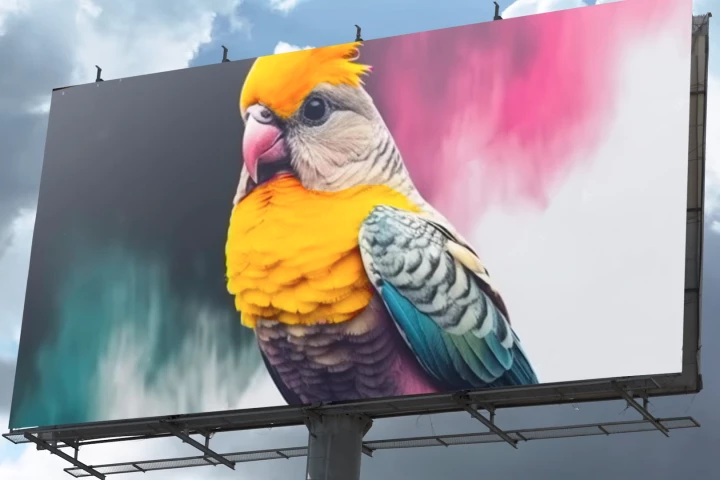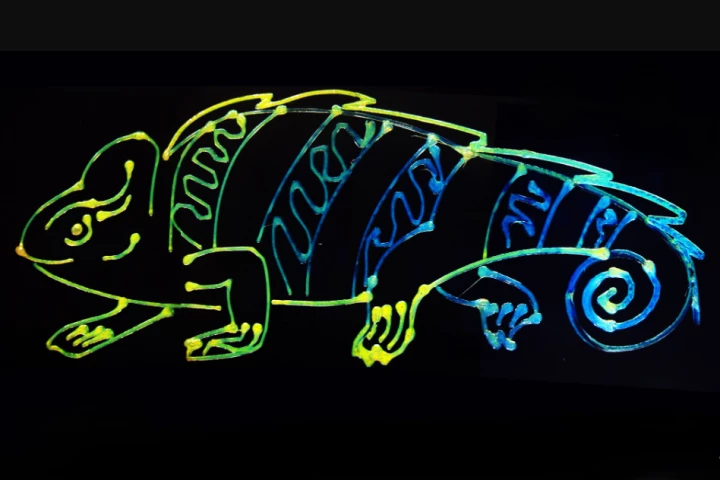Colors
-
In a comprehensive new study looking at 39,763 different foods and drinks from the biggest 25 companies in the country, scientists discovered that almost 20% rely on synthetic food dyes to attract consumers. Now, the fight is on to ban them for good.
-
One of the major ticks in the plus column of ePaper is that it only requires power when the content is refreshed. The battery in Samsung's latest display could last for more than 28 weeks if new content is loaded in once per day.
-
The existence of orange cats dates back to the 12th century, but the DNA driving this color has been a mystery – until now. Scientists have solved the puzzle, finding a surprise variant that triggers ginger fur, one not seen in any other orange animal.
-
Staring at a computer screen all day and into the night can be fatiguing for your peepers. For certain tasks, an E Ink monitor might be a better fit. Boox has launched a 25.3-inch color E Ink display with super-refresh tech called the Mira Pro.
-
Working all day on a laptop with a backlit display can be very tiring for the eyes, but what if you have more than one screen in front of you? E Ink monitors can help, and the latest from Dasung boasts a fast refresh rate and enhanced color.
-
Onyx Boox has launched a color ePaper version of its 13.3-inch Tab X productivity slate, which can be used with the new stylus input or optioned with a keyboard case for a laptop-like experience.
-
Just when you think you've seen it all, researchers claim to have developed a way for people to see a color the human eye has previously never seen before. They're calling this new hue 'Olo.'
-
E Ink demonstrated a new flavor of its Kaleido color electronic paper technology at ISE 2025 back in February, which is designed for big outdoor displays. Now the company has announced a 75-inch display featuring its color-rich Spectra 6 ePaper.
-
Imagine having a picture on your wall that completely changes when the room gets too warm. Engineers at MIT have created a new printing technology called Thermochromorph to make full-color images that switch in response to temperature.
-
Akaso's Seemor 200 night-vision scope uses AI to blur the dividing line between color day imaging and infrared black-and-white night imaging. We waited for sundown and put one through its paces. Here's what we found.
-
Scientists have created a 3D-printing media that can take on different colors in different parts of a single print job. The secret lies in utilizing ultraviolet light to selectively alter the surface structure of the material as it's being dispensed.
-
When it comes to protecting crops via insect-blocking netting, you may think that the size of the holes in that netting is the most important factor. According to new research, however, the color of red netting makes an even bigger difference.
Load More











